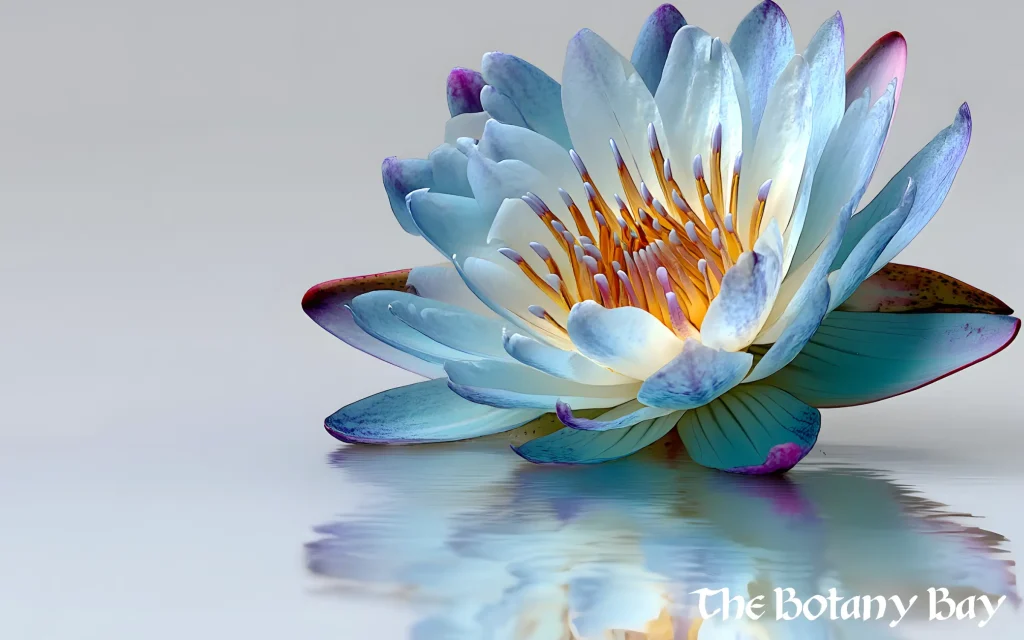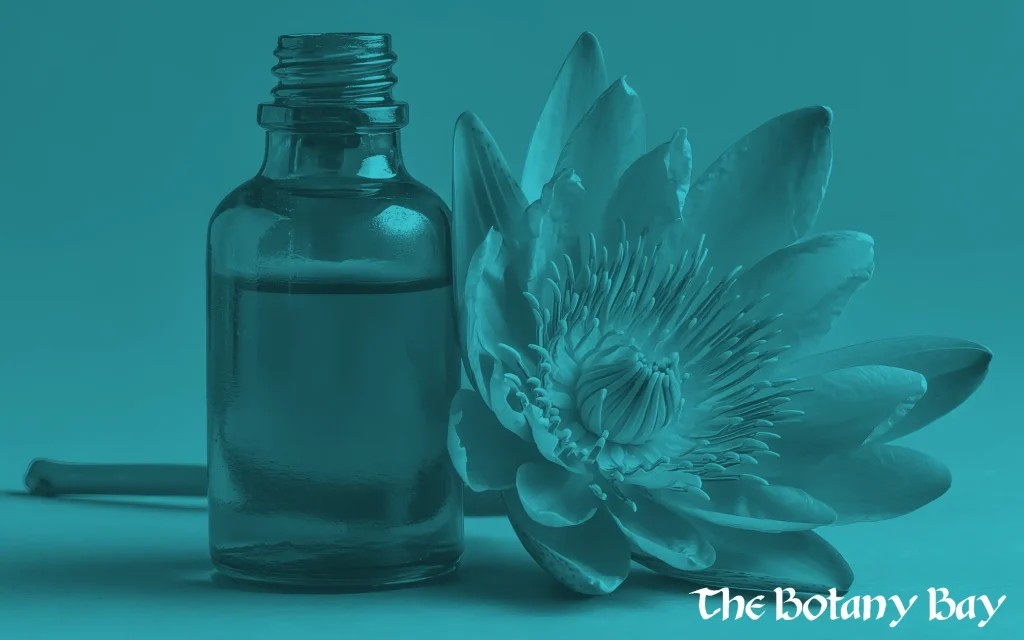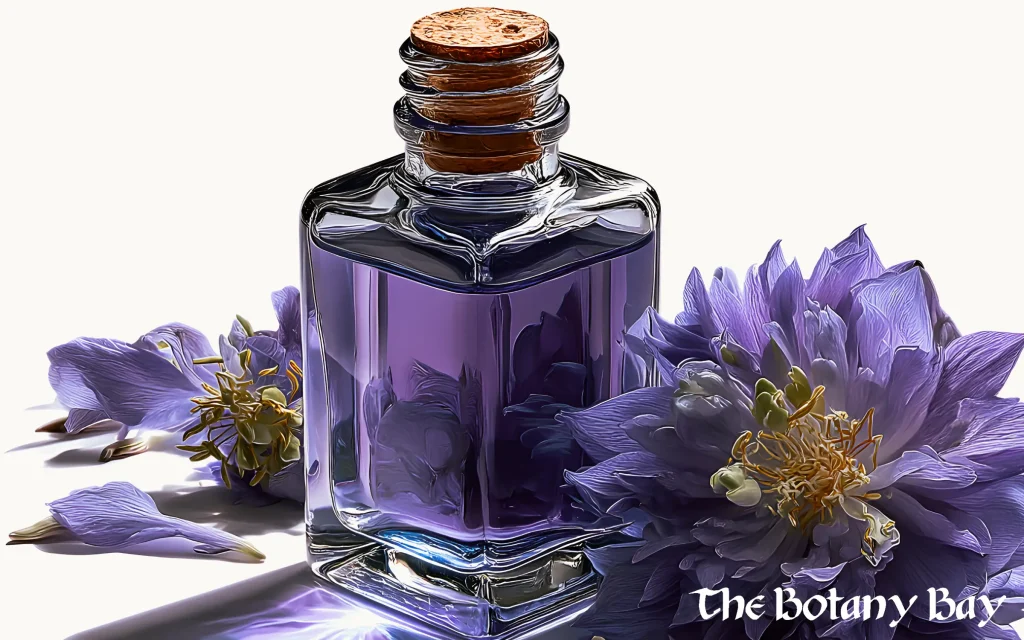Understanding Blue Lotus
Your Comprehensive Guide to Blue Lotus (Nymphaea caerulea)
At The Botany Bay, we’re committed to providing clear, responsible information on traditional botanicals. Blue Lotus (Nymphaea caerulea), also known as the Egyptian Blue Water Lily, is a natural botanical that has been used for centuries in spiritual, ceremonial, and wellness contexts. This guide explores what Blue Lotus is, how it works, its traditional uses, and how it’s used today.

What is Blue Lotus?
Blue Lotus is a water lily native to Egypt and parts of Africa and Asia. It was revered by ancient Egyptian cultures for its aromatic and calming properties, often appearing in religious art and rituals. Despite its historic use, Blue Lotus is not a psychedelic, but some users describe it as mildly euphoric or relaxing.
The effects of Blue Lotus are attributed to its natural apomorphine and nuciferine content – alkaloids believed to interact with dopamine and serotonin systems in the brain.
How Blue Lotus Works in the Body
While research is still limited, Blue Lotus is believed to act on the dopaminergic system, particularly through its alkaloid apomorphine, a dopamine receptor agonist. Another compound, nuciferine, may contribute to the plant’s soothing or mood-lifting qualities.
These alkaloids are thought to have a gentle interaction with neurotransmitter systems involved in mood, focus, and relaxation making Blue Lotus a popular choice for those seeking non-intoxicating mental clarity or calm.
⚠️ Blue Lotus has not been FDA-approved for any medical use. All effects are based on historical use and user reports.

Is Blue Lotus Psychoactive?
Not in the way you might think. Flip to learn more…
Blue Lotus is not hallucinogenic. Some users report mild euphoria or body calm, especially in teas or extracts, but it’s not intoxicating like THC or psychedelic compounds.
Spiritual Roots
Blue Lotus in history. Flip to see more
Ancient Egyptians used Blue Lotus in rituals and ceremonies for its relaxing and heart-opening qualities. It symbolized rebirth, clarity, and divine connection in spiritual practices.
Legal Status of Blue Lotus
Blue Lotus is not scheduled as a controlled substance in the United States and is legal to sell and possess in most states. It is generally marketed for:
Aromatherapy
Tea or soaking use
Spiritual and botanical purposes
🔎 While it’s legal federally, some states or countries may restrict its use or sale in consumable products. Always check your local laws before purchasing.

Reported Effects & Benefits of Blue Lotus
Users have described Blue Lotus as offering a mild and relaxing experience, especially when consumed as a tea, tincture, or vape. While not clinically studied in depth, reported effects include:
Gentle body relaxation
Elevated mood or mild euphoria
Subtle enhancement of sensory perception
Assistance with meditation or introspection
Many users choose it for nighttime routines, rituals, or relaxation, often as a non-caffeinated alternative to herbal teas.
⚠️ These effects are anecdotal and have not been verified by formal research. Reactions vary from person to person.
How to Use Blue Lotus
Blue Lotus is available in several traditional and modern formats:
✅ Dried Flower (Tea or Soak)
Steep in hot water to make a relaxing tea or use in a ceremonial soak. Not typically consumed in raw form.
✅ Tinctures
Liquid extracts made from Blue Lotus, taken sublingually or added to drinks for faster absorption and mild effects.
✅ Vape or Smoke Products
Some products include Blue Lotus flower in herbal blends or vapes. Effects may be felt more quickly, though intensity remains light.
Always start with small servings, especially if combining Blue Lotus with other botanicals.
Testing & Product Transparency
At The Botany Bay, all Blue Lotus products are sourced with care and transparency. We prioritize:
Ethical harvesting and sustainable sourcing
Third-party lab testing (where applicable) for purity and plant identity
Clear labeling of ingredients and usage suggestions
Not all Blue Lotus products are created equal – quality matters when it comes to botanicals.
⚠️ Compliance Disclaimer
This content is for informational purposes only and has not been evaluated by the Food and Drug Administration. Blue Lotus products are not intended to diagnose, treat, cure, or prevent any disease. Always consult your healthcare provider before using any botanical product, especially if you are pregnant, nursing, or taking medication.
FAQs About Blue Lotus
Is Blue Lotus safe to use?
Will Blue Lotus make me feel high?
Is Blue Lotus legal?
How do I use Blue Lotus?
NEWSLETTER
Sign up to our newsletter to keep updated with our latest offers and products.
© 2025 The Botany Bay All Rights Reserved
Disclaimer:
Some products sold by The Botany Bay are not scheduled under U.S. federal law but may be subject to state or local restrictions. The Botany Bay conducts due diligence and restricts orders to jurisdictions where these products are legal. Orders placed to prohibited areas will not be fulfilled. However, it remains the customer’s responsibility to ensure compliance with any applicable local, state, or international laws before purchasing. These products have not been evaluated by the FDA and are not intended to diagnose, treat, cure, or prevent any disease.
Kratom Disclaimer:
This product is not available for shipment to the following states: Alabama, Arkansas, Indiana, Louisiana, Rhode Island (until April 1, 2026), Vermont, and Wisconsin; or the following localities: Sarasota County (Florida); San Diego, Oceanside, Newport Beach, and unincorporated San Diego County (California); Alton, Jerseyville, Edwardsville, Glen Carbon, and Godfrey (Illinois); Denver, Monument, and Parker (Colorado); and Union, Alcorn, Lowndes, Monroe, and Tishomingo Counties, as well as the cities of Columbus, Oxford, Ridgeland, Corinth, Belmont, and Gluckstadt (Mississippi).
Cannabinoid Disclaimer:
This product is not available for shipment to states that restrict or ban hemp-derived cannabinoids, including Alaska, Arizona, Arkansas, Colorado, Delaware, Hawaii, Idaho, Iowa, Mississippi, Montana, Nevada, New York, North Dakota, Rhode Island, Utah, and Vermont; or to jurisdictions with specific local prohibitions on psychoactive hemp derivatives (e.g., Delta-8, THCA).
Disambiguation Disclaimer: The Botany Bay is not affiliated with Botany Farms.
- 0 Items
- View Cart
